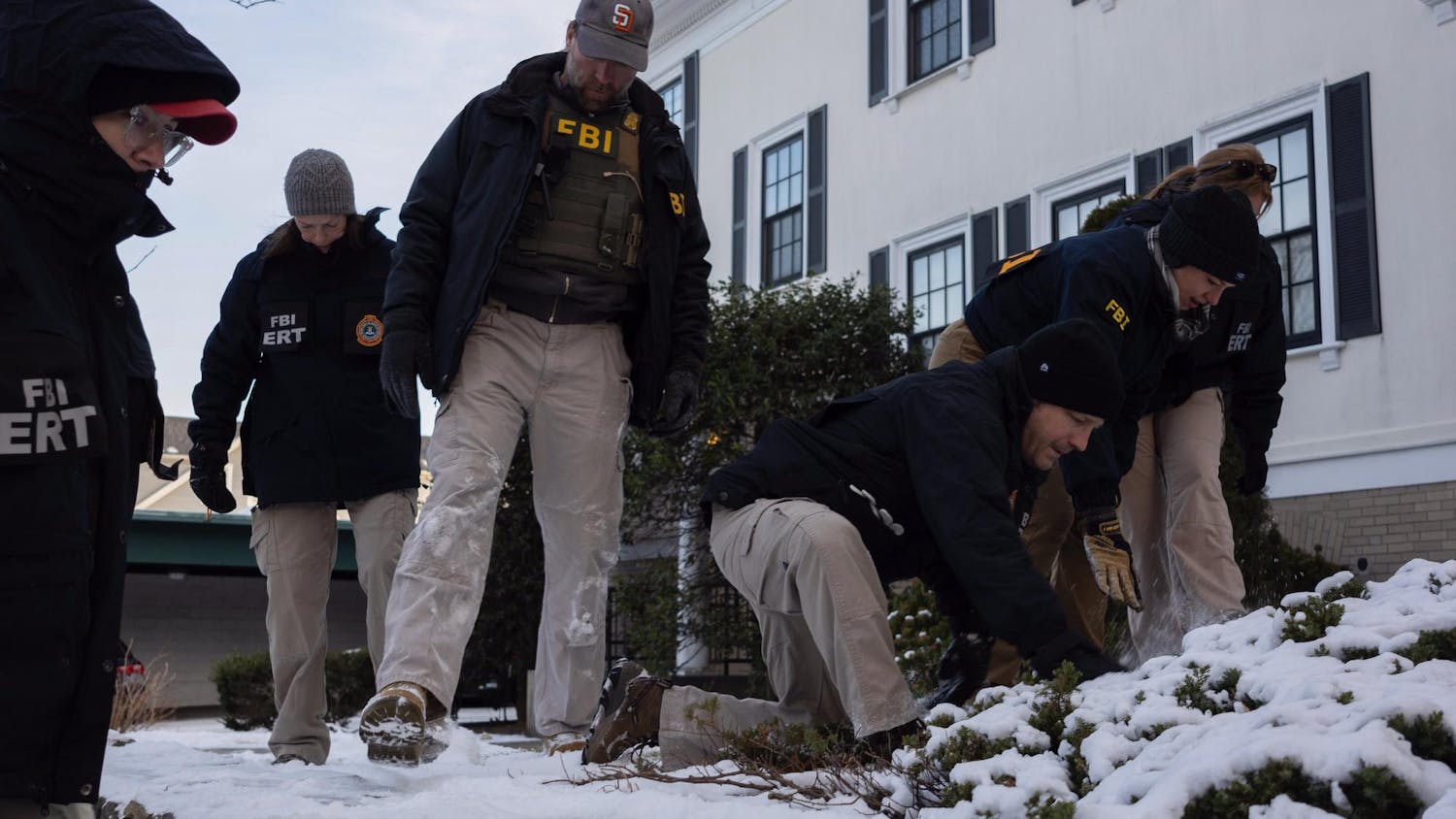Lyza Baum, Rhode Island School of Design textiles faculty, fondly remembers spending her Saturdays as a Cranston High School East student attending art workshops in the morning and sneaking into nude figure-drawing sessions at RISD in the afternoon. Through RISD Project Open Door, Baum and other local high schoolers were able to access long-term, high-quality, free art programming to supplement their high school curriculums.
Founded in 2005, POD evolved out of what was intended to be a one-semester art class for high schoolers that program founder Paul Sproll taught in a basement studio at RISD.
“Towards the end of the semester, a group of teenagers found me out and said, ‘Hey, mister, we hear there's an art club going on. Can we join?’ I turned to one of my graduate students, and I said, ‘Would you take this on?’ She took it on, and that really was the beginning of Project Open Door,” Sproll said.
The program has grown since its founding and has expanded to include Saturday workshops, after-school programs with four Rhode Island high schools and summer classes.
“We hope that by participating in POD programs, teens will learn valuable technical artistic skills and have the opportunity to strengthen their creative voice and confidence within an inclusive and supportive community,” POD Interim Director Lauren Allen wrote in an email to The Herald.
POD fills a vital gap in public arts education, which is becoming increasingly undervalued, Allen wrote in an email to The Herald. High school students lack access to “adequate visual arts learning opportunities, and many do not have the opportunity to receive art instruction during the school day,” Allen wrote. Some of the obstacles to arts education include socioeconomic inequality, transportation, family or school obligations, she wrote.
“(POD) was probably the first time I ever had people critically look at my work and offer really valuable insight,” Baum said. “I really had people question, ‘What are you doing, and why are you doing it?’ No one really ever asked me that before.”
The program uniquely provides a depth of artistic education that is often not available to high school students. For Isaiah Aladejobi, a POD teaching artist, this means getting students to create a dialogue between their own stories and the objects they create.
“I really talk about identity and how to communicate your own identity on certain objects.” Aladejobi said. “Sometimes the simplest thing could really communicate the whole story.”
Aladejobi says he hopes this will show students another aspect of art that he was not given in high school. “When I'm looking back, I lacked this type of exposure in high school,” Aladejobi said. “It gets me more intrigued when I’m able to find students that remind me of how I used to be and then try to help them out with experimenting with new styles (and) pushing them forward.”
In addition to providing a high school arts curriculum, POD also helps guide students through college applications. Baum mentioned that POD helped her with portfolio reviews, essay writing and art photography when she was a high schooler.
“The early days of Project Open Door was more about working with young people to develop portfolios for college,” Sproll said. “The visual arts can be a massive hook.”
The program also strives to build connections between creative peers and supportive faculty. Sproll attributed POD’s success to its ability to create a sense of community that was “there for the long term, not just for a moment.”
Baum echoed the importance of the creative community that POD has built.
“I'm really interested in working collaboratively with people in community and place, and that's what they're also doing,” Baum said. “It has definitely impacted all aspects of my art and professional life.”
“There needs to be a radical shift in the perception of the value of art and design education in schools,” Sproll said. “It's not just about training artists and designers. It's really an opportunity to develop … the creative capacity that is inherent in all of us.”
Ashley Cai is a Senior Staff Writer from Los Altos, California covering the staff and student labor beat. She is a Brown-RISD Dual Degree studying computer science, IAPA and graphic design. She is also a member of The Herald's Tech Team.





